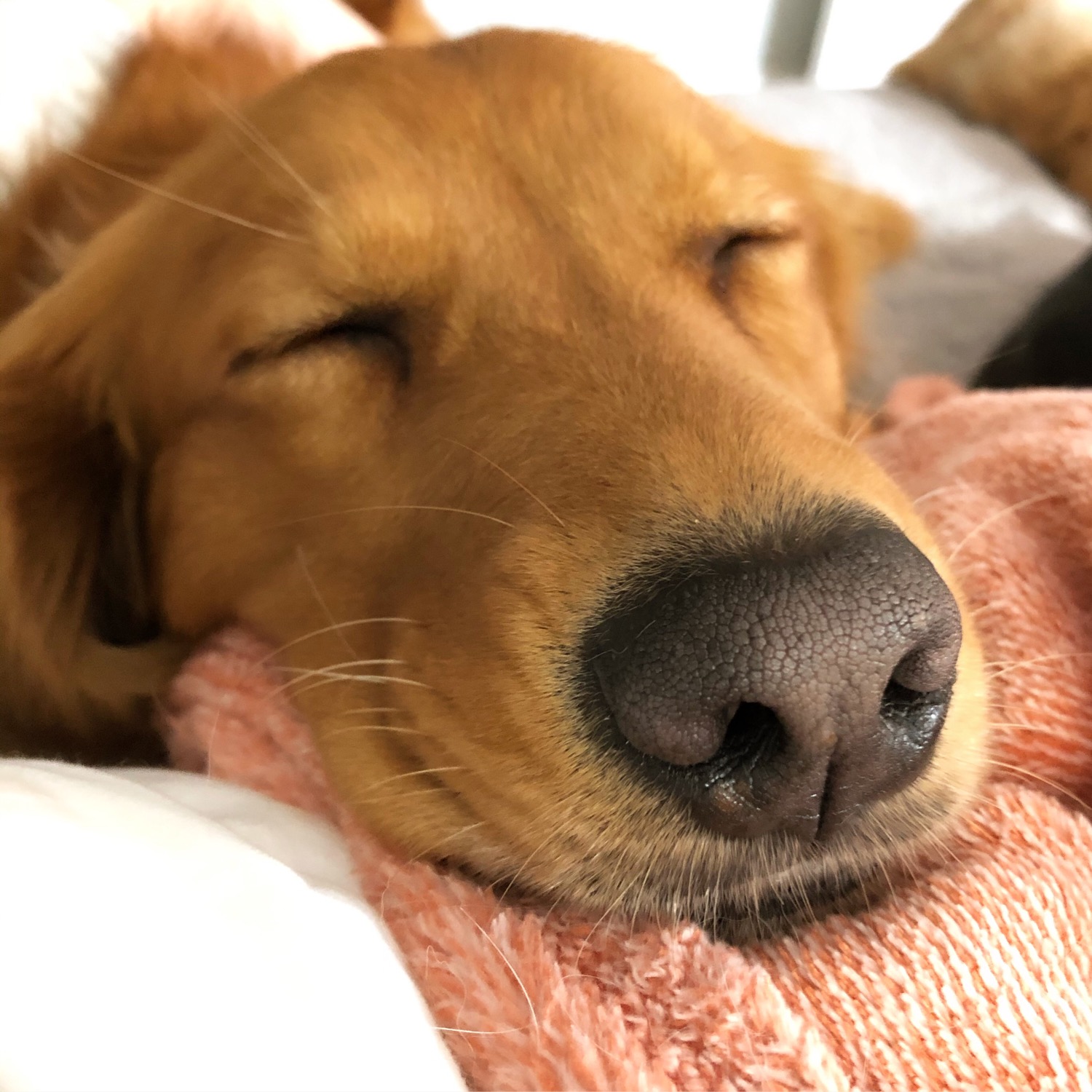What to know about Wobbly Cat Syndrome (aka Cerebellar Hypoplasia)
- HATS Staff

- Jun 29
- 2 min read
Cerebellar hypoplasia (CH) is a developmental condition that cats are born with or develop during their first week of life, caused by a pregnant mother who becomes infected with Feline Panleukopenia Virus (FPV).
FPV is a virus that attacks rapidly dividing cells in a cat's body. When a pregnant cat becomes infected with the virus it passes to her litter and attacks their developing systems. One or all kittens in the litter can be affected by this.
The cerebellum is most at risk for attack from FPV during the last week of pregnancy and the first week after birth. During this time, the cerebellum is rapidly developing. The cerebellum is the portion of the brain that controls fine motor skills, balance, and coordination.
Signs/Symptoms
Signs of CH start to present once kittens are standing and walking on their own, this is when their coordination and motor skills start being used. The severity of CH varies depending on how much of their cerebellum is affected.
Characteristics:
Jerky or uncoordinated walking
Swaying from side-to-side when they try to walk
Goose-stepping gait called hypermetria (Overshooting their steps and movements)
Mild head tremors
Intention tremors (When kittens intend to make a movement they can have a tremor during that movement, this is more noticeable during activities like playing or bending to eat/drink)
Prevention & Management
Vaccinating female cats against FPV prior to becoming pregnant is the best prevention method.
Supervising and taking proper care of pregnant cats and newborn litters can ensure that other causes of Cerebellum damage don’t occur. If a cat is severely malnourished during their pregnancy or their kittens experience a head trauma during their first week of life they could develop CH.

While there is no cure for CH, affected felines can live a long and healthy life just like any other cat. There are many ways to create a home environment that is well equipped to house and care for a CH cat, like:
Adding carpeting, pillows, or other soft surfaces to hard/slippery floors. This can help cats grip the ground for stability and cushion their falls to prevent injury or whisker breaks.
Raise food and water bowls to make accessing them easier and less likely to cause any injury or fear in them.
There are other inflammatory diseases that can cause similar symptoms, such as Toxoplasmosis.
Keep in Mind
Cerebellar Hypoplasia is NOT contagious/infectious
Cats with CH are NOT in pain simply because of the condition
They WILL adapt to their disability and find their own ways to do the things they need to
They MUST be kept indoors! This is very important to prevent serious injuries and infections
Modifications to home environments can be made to assist them




Wobbly Cat Syndrome is a great reminder that with the right care, every being can thrive despite challenges. In the same way, thoughtful digital solutions help businesses grow. Partnering with an online marketing agentur münchen can enhance visibility and create meaningful connections through effective website design.
In Monkey Mart, you plant crops, harvest fruits, and sell products to build a busy monkey market.
Wobbly Cat Syndrome, or Cerebellar Hypoplasia, affects a cat’s balance and coordination due to underdevelopment of the cerebellum. Though it may seem concerning, CH cats can live full lives with the right care. Similarly, tailored Med Spa Website Design in USA helps clinics provide a better experience for their clients. A well-structured site ensures accessibility and builds trust with potential patients.